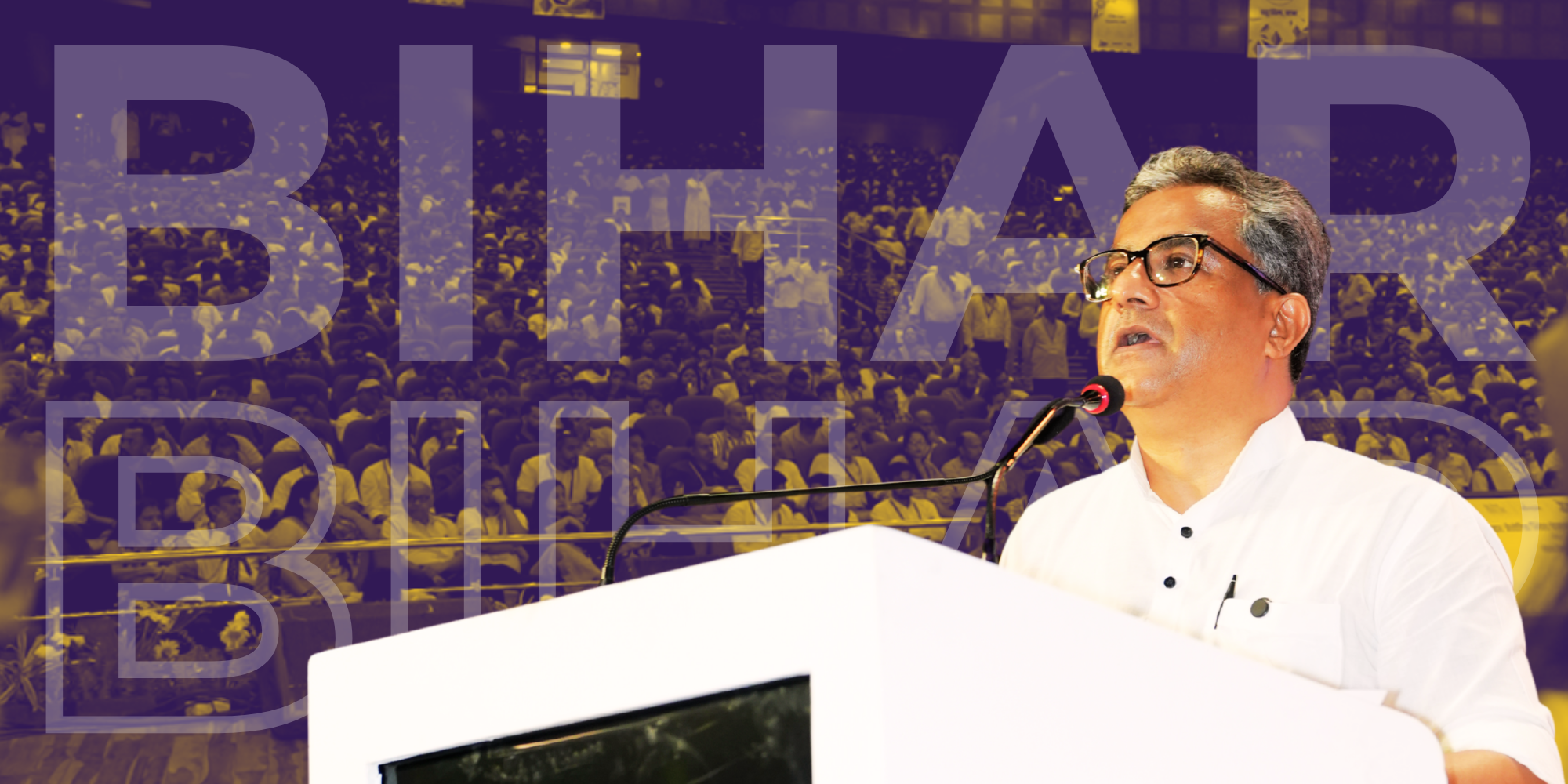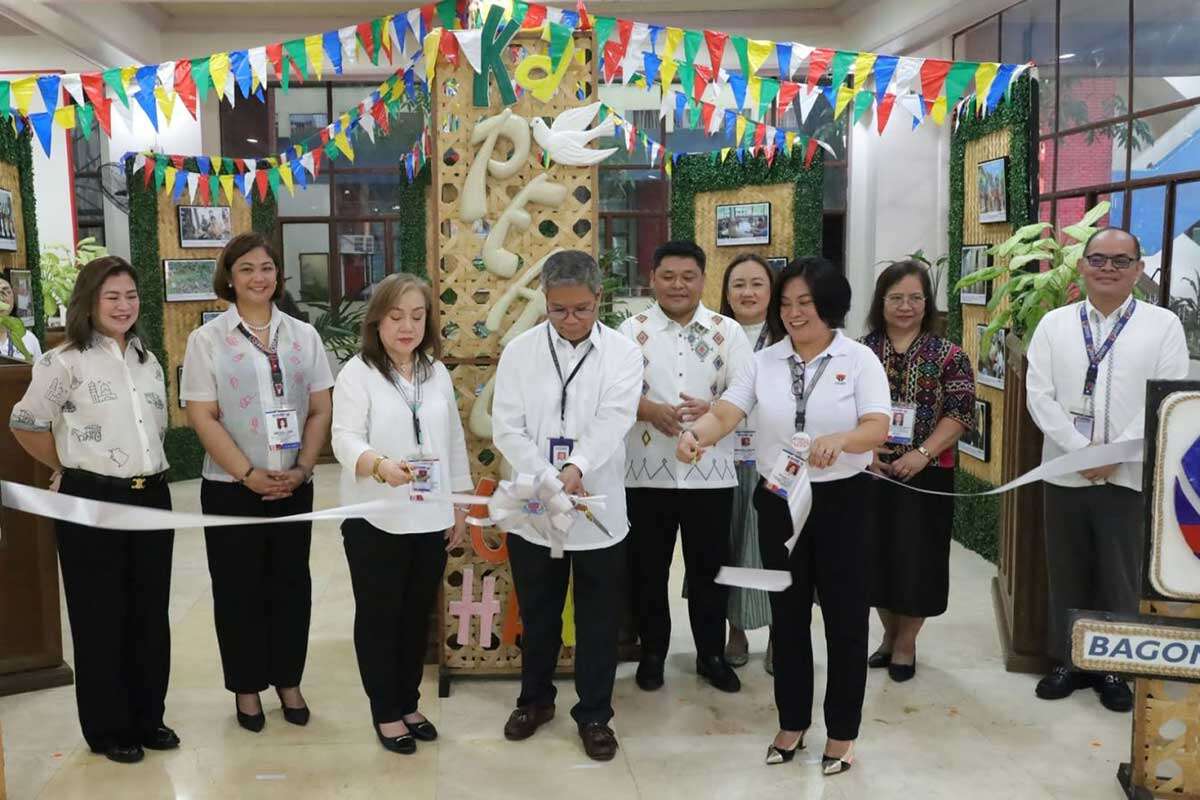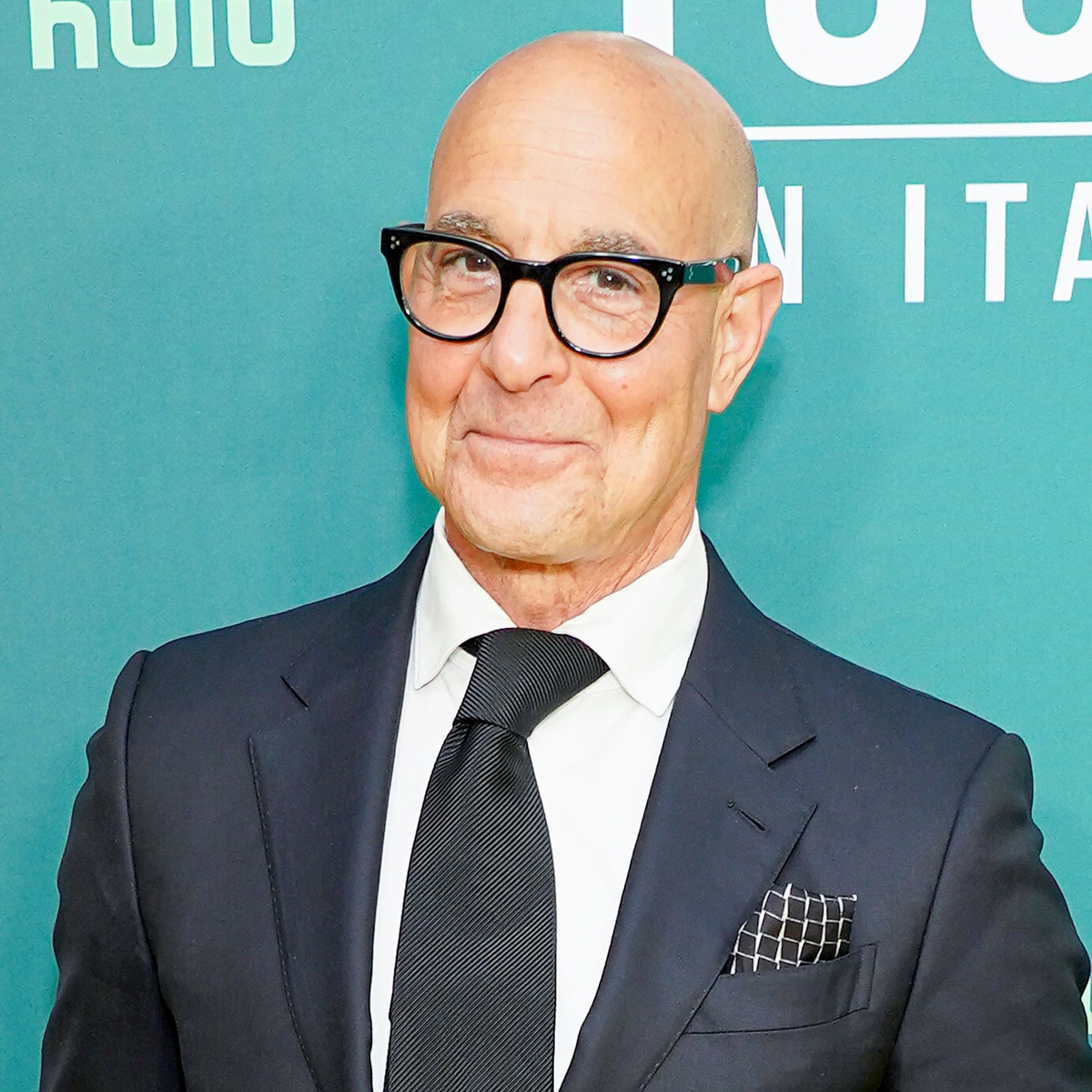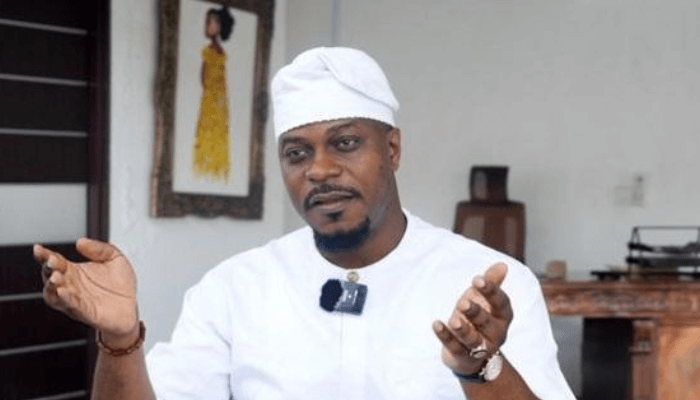By Corey Connelly
Copyright newsday
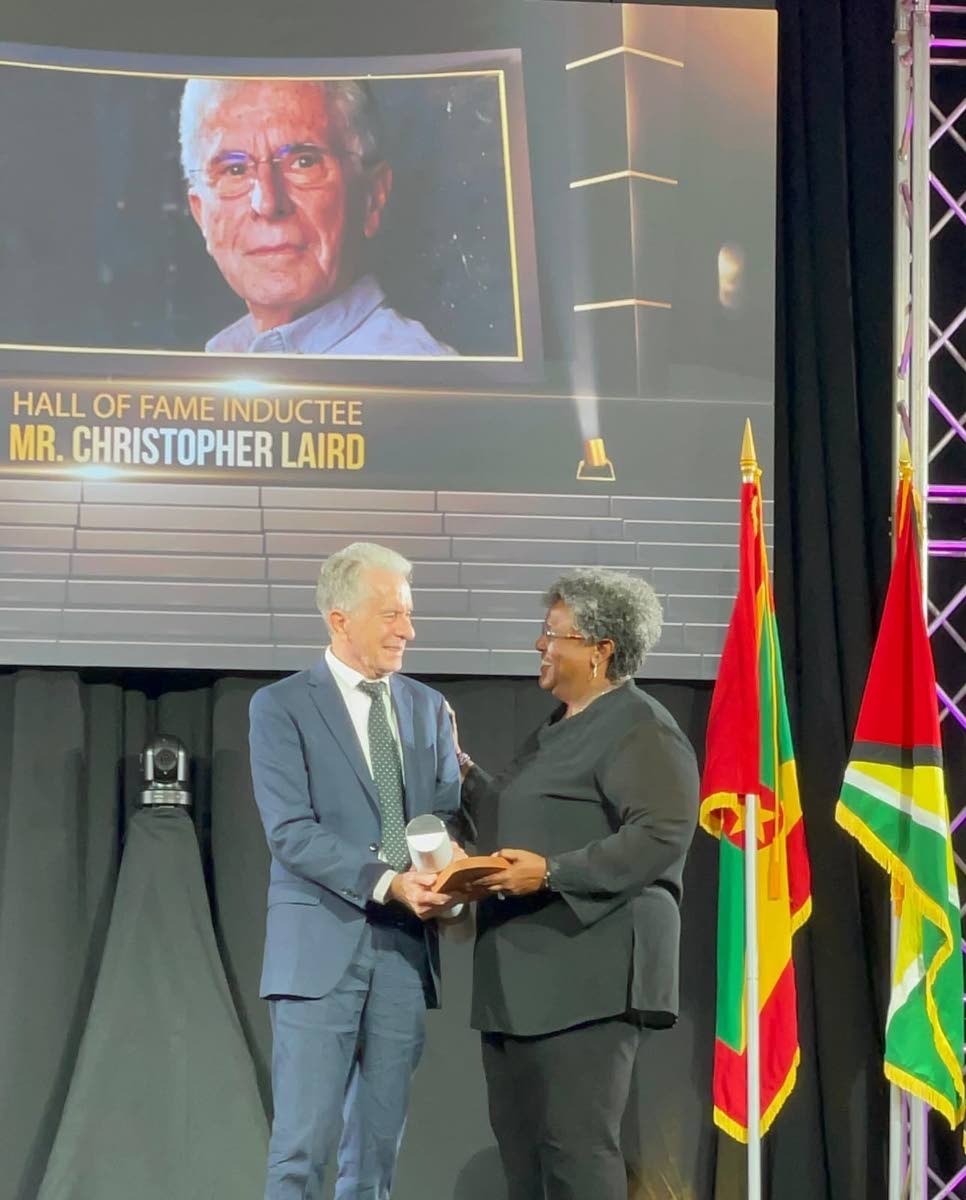
DR LENNOX Bernard, former resident tutor of the UWI School of Continuing Studies, has commended the Barbados government for its decision to purchase Banyan Ltd’s archives.
But he believes local stakeholders and institutions should have seen the benefit of purchasing the archives, which spans four decades.
“The vision of the honourable Mia Mottley and the government of Barbados cannot be faulted for their wisdom and foresight in seeking to be the repository of all things cultural in the region, especially those of Trinidad and Tobago that, to my mind, is the most unique, diverse and endearing information,” he told Newsday.
In the same breath, Bernard said, he was troubled by the “ease of transfer.
“It began with Banyan followed by Carifesta (Trinidad and Tobago is the storehouse of thousands of documents). What is to follow? Gayelle TV that was closely linked to Banyan? Where does cultural hegemony begin and end?”
Mottley announced the purchase during the opening ceremony of Carifesta, the region’s premier arts festival, in her country, on August 22.
The company’s managing director Christopher Laird, who is also the curator of the archives, described the agreement with Barbados as “extraordinary.” He has tried to strike deals with local companies for ten years.
Bernard recalled when Banyan was conceptualised.
He said in August 1974, the Trinidad and Tobago Television Workshop evolved from a course sponsored by UNESCO, the Extra Mural Department UWI and Trinidad and Tobago Television (TTT).
Bernard said the objectives of the course were the improvement of the general standard of television in Trinidad and Tobago and the use of television as a positive force in society.
The course, he said, took the form of a practical workshop with writers, actors and directors working together to better understand the integration of their respective functions in television. It experimented with various types of programmes seeking to understand what was best for the medium, and potentially most useful to Trinidad and Tobago.
Bernard, a former independent senator, said the main part of the course took place at the School of Education Multi Media Centre UWI, where there was a miniature television studio.
He recalled at the end of the course, the members constituted themselves formally as a ‘Television Workshop,’ dedicated to the making of programmes that would encourage self-awareness and a sense of identity in TT.
“Subsequent discussions with TTT yielded an undertaking to provide facilities in the production of any programme of any length up to 25 minutes.”
Bernard added, “The Extra Mural Department, UWI, as the only learning institution included in this project and led by the visionary Esmond Ramesar, was elated by the fact that what started as just another ‘summer ‘ course had laid the foundation to creative television in Trinidad and Tobago, eleven years after the inception of the only television vision station in the country.”
He said the Banyan series was the first that the Television Workshop had worked on in collaboration with TTT.
Bernard, who was also a former head of the UWI Open campus, recalled the original members involved in the preparation of programmes were Alfred Wafe, Francis Lewis, Dominic Kalipersad, Christopher Pinheiro and Bruce Paddington. Alfred Aguiton and Dennis Conrad, also were involved but did not take the course.
FROM BANYAN CAME GAYELLE
The series, he said, dealt with issues such as education, youth and women.
Banyan’s first four programmes used a panel of two guests discussing two short dramatisations. Wafe was the main script writer with Pinheiro, Ronald Reid and Lorraine Granderson sharing the major roles.
The group radically changed its format with the broadcast of Christmas Callaloo in December 1975.
Co-ordinated by Laird, Paddington and Anthony Hall, Bernard said the Banyan group took on a more cooperative and collective form and new members, including Maureen and Andrea Kelsick and Joanne Kilgore, brought added versatility to the proceedings.
He said by 1976, a second series of television programmes was launched including Carnival Callaloo which featured Leroy Clarke, Cheryl Byron, Lancelot Layne and other young Trinidadian artists and an analysis of sport, classical culture and marriage.
“These programmes received critical acclaim.”
But Bernard said at a meeting on January 28, 1977, the programme director of TTT informed the Television Workshop that the Banyan series was to be discontinued.
“Fast track to now. After four decades, Banyan production under the astute leadership of Christopher Laird went on to digitalise at least 15,000 items with footage that is rare and covering festivals, religion and traditions, art, music, dance, literature and more.”
He continued, “The Banyan principle was able to spawn as well its own television station Gayelle under the incomparable actor, comedian, politician and social activist Errol Fabien.
“It is indeed painful that an institution that was spawned from the vision and cultural experiences of its people was not cherished sufficiently by the very university (UWI) that helped to give life to this experiment or our Heritage library (NALIS) that should be the repository of our cultural experiences. Maybe that is who we are.”
Bernard said in some of his other “research outings,” he discovered “meaningful and precious” cassette tapes of speeches and lectures from TT’s first prime minister Dr Eric Williams, which were delivered during the pre-Independence period at the UWI Radio Unit, Mona.
“They belonged to the Government Broadcasting Unit but was salvaged from a former US bunker where they were dumped or stored.
“Intuitively, just as Prime Minister Mottley, the goodly officer of the UWI Radio Unit got clearance to store them all the way at Mona, Jamaica where its value is questionable.”
